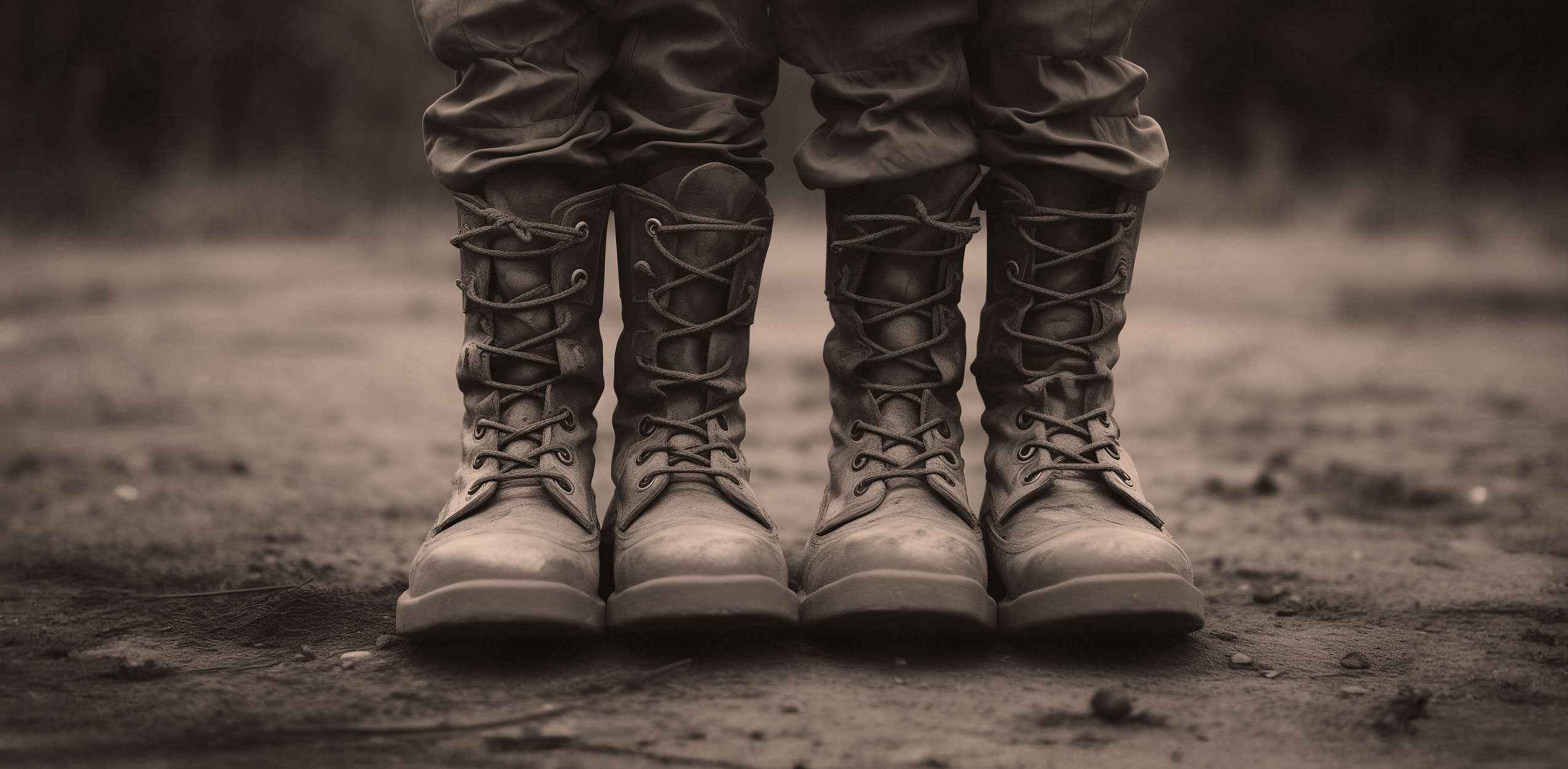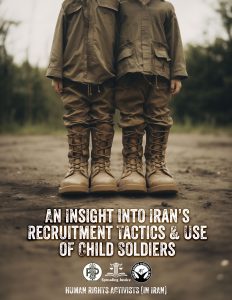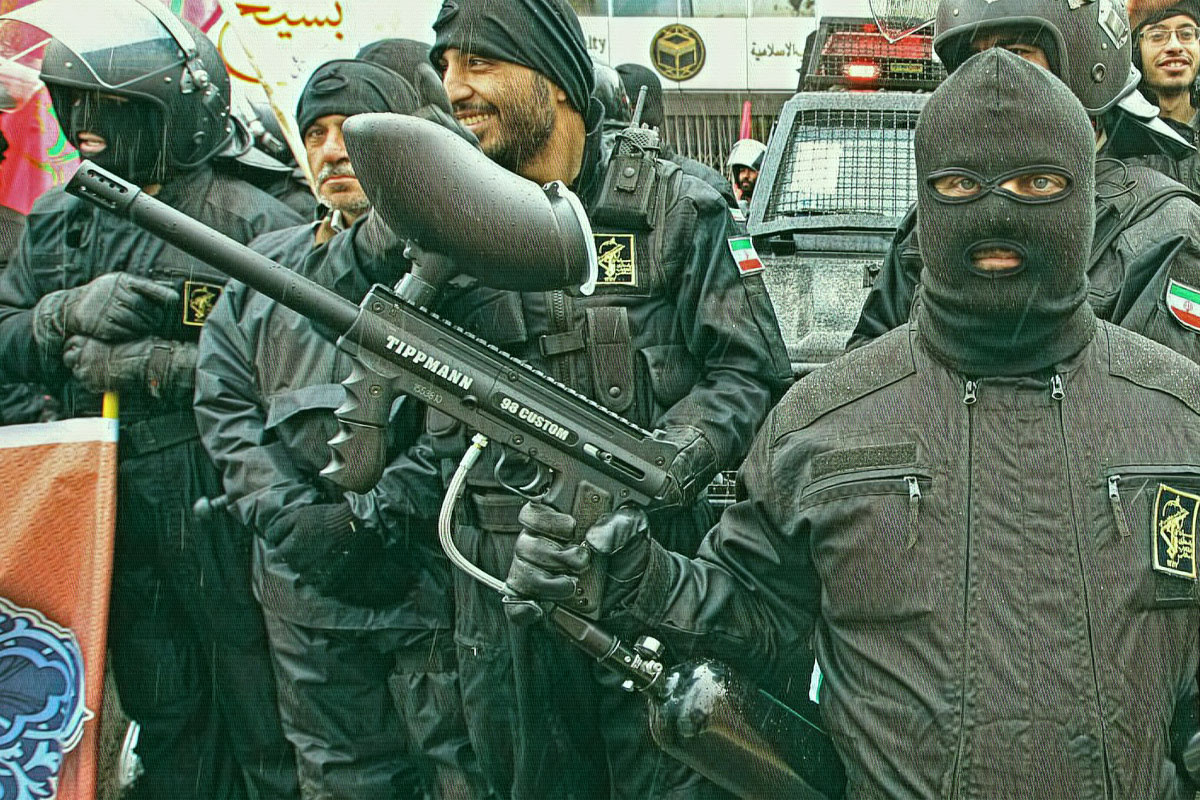This report constitutes the third installment in a five-part series published by Human Rights Activists (HRA) through its Spreading Justice project. This publication, uniquely within the series, is produced in collaboration with HRA’s Pasdaran Documentation Project and examines local IRGC commanders. The series, Engines of Abuse, aims to shed light on the roles within the Iranian regime’s legal and security apparatus that enable and sustain serious human rights abuses and violations of international law. The Spreading Justice database currently contains profiles of more than a thousand individuals implicated in such violations. Beyond identifying these individuals, the series also analyzes how and why the positions they hold perpetuate the entrenched cycle of repression and abuse.
Although Iranian law outlines the general duties and organizational structure of the Islamic Revolutionary Guard Corps (IRGC), the legal texts do not explicitly detail the full range of duties and powers of the Commander of the IRGC. However, by drawing on provisions within the IRGC Statute (1982), the IRGC Employment Regulations Act (1983), and the Disciplinary Regulations of the Armed Forces of the Islamic Republic of Iran, the mandate, operational scope, and practical authority associated with this position can be inferred, and as such are laid out briefly below.
As the highest-ranking IRGC official at the county level, the County IRGC Commander plays a central role in implementing the IRGC security, cultural, social, and developmental missions. This geographic unit—variously referred to in official materials as a county or district constitutes the primary arena in which IRGC policy is translated into practice. The commander serves as the critical link between the Provincial IRGC Command and the operational ranks within local Resistance Districts and Bases, ensuring that IRGC directives are executed and adapted to local conditions.
Within this structure, the County IRGC Commander is also referred to as the Commander of the County Basij Resistance District. He acts as the IRGC’s official representative in the area and operates directly under the supervision of the Provincial IRGC Commander. According to the IRGC Employment Regulations Act, this position must be filled by a special Basij member or a permanent IRGC officer who meets the required standards of ideological commitment, technical competence, and operational experience. He is responsible for tasks across four domains: training, operations, discipline, and administration. In practice, this makes the County IRGC Commander not merely a coordinator but an active executor of IRGC strategy, entrusted with broad authority over all IRGC and Basij activities within the county.
Legal Basis for the County IRGC Commander’s Position
Article 94 of the IRGC Employment Regulations Act (1983) establishes that the commander of a Resistance District, equivalent to the County IRGC Commander, is responsible for leading and managing Basij units in training, operational matters, disciplinary enforcement, and administrative oversight. This article provides the legal foundation for the commander’s authority within the IRGC hierarchy.
Articles 35 and 36 of the IRGC Statute (1982) further define the Basij’s overarching objectives, including cultivating societal readiness to defend the Islamic Republic, conducting military and ideological training, organizing popular forces, supporting relief and development efforts, and safeguarding the Islamic Revolution.
Together, these provisions delineate the statutory framework that empowers the County IRGC Commander and embeds the role within the administrative, political, and military apparatus of the Islamic Republic[1].
Duties of the County IRGC Commander
Drawing from the IRGC’s foundational documents, the commander’s responsibilities fall into several key categories:
1. Training Duties
The commander oversees the military, ideological, and security training of local Basij forces. He is responsible for ensuring training quality, developing skill-building programs, and enhancing the operational readiness of forces, consistent with Article 36 of the IRGC Statute and Article 94 of the Employment Regulations Act.
2. Operational Duties
In routine situations, the commander prepares local forces for security and defense operations. In times of crisis or unrest, he assumes direct command, coordinating with the Provincial IRGC Command and the County Security Council to implement security, suppression, and defense plans.
3. Disciplinary and Administrative Duties
The commander enforces discipline, organizational order, and regulatory compliance within all subordinate units. Under the Disciplinary Regulations of the Armed Forces (1979), he is empowered to impose disciplinary measures. He also oversees administrative operations, personnel management, and financial affairs in accordance with IRGC directives.
4. Cultural and Social Duties
Article 2 of the IRGC Statute identifies safeguarding the Islamic Revolution, including through cultural and social interventions, as a core IRGC mission. At the county level, the commander directs Basij cultural programming, ideological campaigns, and public outreach. The commander works with state cultural and educational institutions to counter perceived “cultural threats,” maintain social control, and reinforce regime-aligned narratives.
5. Developmental and Service-Oriented Duties
Clause 6 of Article 36 of the IRGC Statute mandates Basij participation in national development efforts. The commander oversees Basij construction brigades, disaster response efforts, and poverty alleviation programs, coordinating closely with the County Governor’s Office and relevant executive agencies. In practice, these activities, when they are carried out, serve to strengthen the IRGC’s political and social influence at the local level.
Powers of the County IRGC Commander
The commander’s formal authorities, as outlined in IRGC regulations, include:
- Issuing operational, administrative, and disciplinary orders to all IRGC and Basij units within the county.
- Selecting or recommending commanders for local Resistance Districts and Bases, subject to provincial approval.
- Participating in County Security Council meetings as the IRGC’s official representative.
- Signing all official, financial, and disciplinary correspondence related to the Resistance District.
- Exercising disciplinary powers
These authorities establish the County IRGC Commander as a fully empowered local military and security official capable of exercising substantial control over coercive, cultural, and administrative structures.
The IRGC Statute (1982), the IRGC Employment Regulations Act (1983), and Article 150 of the Constitution collectively situate the IRGC as the “guardian of the Islamic Revolution and its achievements.” Within this mandate, the County IRGC Commander plays a pivotal role. He serves as the primary executor of the IRGC’s mission at the local level, directing Basij forces, shaping security and cultural policy, and overseeing activities that directly affect the daily lives of residents. This authority has profound implications for human rights. During the nationwide protests of 2022, for example, at least sixteen civilians were killed and many more injured or detained in Mahabad by IRGC, Basij, Special Forces (Yegan-e Vijeh), and other security units. Akbar Norouzi, then serving as the County IRGC Commander and a member of the County Security Council, played a role in the violations perpetrated against the local population.
Throughout the protests, IRGC and Special Forces units deployed across Mahabad’s main squares and residential areas, conducting continuous armed fire against protesters and homes. This sustained military presence demonstrates the decisive role that IRGC command structures, and specifically County IRGC Commanders, play in orchestrating, enabling, and carrying out violent crackdowns on peaceful dissent.
By examining this position, the Spreading Justice series underscores how local IRGC leadership functions as an essential component of Iran’s machinery of repression, contributing directly to systemic patterns of rights violations and impunity.
Table of Former and Current County-level IRGC Commanders
*Note, this table also includes profiles from HRA’s Pasdaran Documentation Project. The Pasdaran Documentation Project maps the structure and documents the activities of Iran’s Islamic Revolutionary Guard Corps (IRGC).
The database is the first of its kind, offering an overview of the IRGC’s organizational structure, its chain of command, and the historical context of its units and key individuals alongside an analysis of its behavior both inside of Iran and beyond. PDP utilizes a progressive data accumulation approach to document the IRGC. This methodology allows us to incrementally build detailed profiles on IRGC personnel and units. As new information becomes available, researchers update profiles, continuously refining our understanding of the IRGC’s extensive network. While our approach can result in some incomplete profiles, it allows us to cover the breadth of the IRGC’s activities, providing a broad and evolving view of its operations. Learn more here: https://iranpdp.org/about-us/
| Name | Current Position | Location | HRA’s Pasdaran Documentation Project Profile |
| Abbas-Ali Reihani | Commander of the IRGC and Basij of Bojnourd County | Bojnourd | https://iranpdp.org/people-information/?id=692575dd4fe23749d816bfa8 |
| Akbar Nowrouzi | Commander of the IRGC Corps and Basij of Mahabad County | Mahabad | https://iranpdp.org/people-information?id=65f788866718f83d4490cb0b |
| Behrouz Hekmatpour | Commander of the IRGC Corps and Basij of Dezful County | Dezful | https://iranpdp.org/people-information/?id=692d73534fe23749d816c030 |
| Mohammad Loveymi | Commander of Khorramshahr IRGC Corps and Basij | Khorramshahr | https://iranpdp.org/people-information/?id=692d74564fe23749d816c061 |
| Amir Ghamarzadeh | Commander of Mahshahr IRGC Corps and Basij | Mahshahr | https://iranpdp.org/people-information/?id=692d756a4fe23749d816c092 |
| Ruhollah Ghasemi-Kheshab | Commander of the IRGC of Behbahan County | Behbahan | https://iranpdp.org/people-information/?id=692d76854fe23749d816c0c3 |
| Mohammad Amin Sabbaghian-Moghaddam | Commander of the Basij Resistance and IRGC Corps of Firuzabad County | Firuzabad | https://iranpdp.org/people-information/?id=692d78d04fe23749d816c0f4 |
| Sadegh Jamali | Commander of Qorveh County IRGC Corps | Qorveh | N/A |
| Ruhollah Zamani-Nia | Commander of Basij Resistance and IRGC Corps of Bampur County | Bampur | N/A |
| Esmaeil Kouhkan | Commander of Basij Resistance and IRGC Corps of Lashar County | Lashar | N/A |
| Mohsen Darabi | Commander of the IRGC Corps and Basij of Sahneh County | Sahneh | N/A |
| Hojjatollah Salari | Commander of Hormuz IRGC Corps and Basij | Hormuz | N/A |
| Ali Yaghoubian | Commander of Torbat-e Heydariyeh District IRGC Corps | Torbat-e Heydariyeh | N/A |
| Fayaz Allahyari | IRGC Commander of Shahriar County | Shahriar | https://iranpdp.org/people-information/?id=66f7d73181dfdde40363a7a0 |
| Gholamreza Shabaninia | Commander of Marvdasht District IRGC Corps | Marvdasht | N/A |
| Seyed Ali-Asghar Pourbehesht | Commander of the IRGC Corps and Basij of Kohgiluyeh County | Kohgiluyeh | N/A |
| Sadegh Erfani-Magham | Commander of Dena County IRGC Corps and Basij | Dena | N/A |
| Alireza Heidari | IRGC Commander of Imam Hassan Mojtaba Qazvin County | Qazvin | N/A |
| Mehrdad Babaei | Commander of the Babol County IRGC Corps and Basij | Babol | N/A |
| Mehrdad Ebrahimpour | IRGC Commander of Nowshahr County | Nowshahr | N/A |
| Mostafa Bazvand | Babolsar district IRGC Corps and Basij Commander | Babolsar | https://iranpdp.org/people-information/?id=670c05cbf0735539d2b6365a |
| Yaghoub Rashidi | IRGC Commander of Oshnavieh County | Oshnavieh | N/A |
| Hossein Maleki | IRGC Commander of Kamyaran County | Kamyaran | https://iranpdp.org/people-information/?id=66f76b5fc0b823155963a749 |
| Jalil Naghshi Gharebagh | IRGC Commander of Piranshahr County | Piranshahr | N/A |
| Ali Ahmad Safizadeh | IRGC Commander of Divandarreh County | Divandarreh | N/A |
| Hamid Janbaz | Commander of the IRGC Corps and Basij of the Bandar-e Anzali County | Bandar-e Anzali | N/A |
| Mohammad-Ali Setizeh | Commander of Talesh district IRGC Corps | Talesh | N/A |
| Mohammad Mehrzad | Commander of Langrud District Corps | Langrud | N/A |
| Iraj Galini | Garmsar IRGC and Basij | Garmsar | N/A |
| Abbas Forouzan Mehr | Commander of the Joveyn County IRGC | Joveyn | N/A |
| Seyed Ebrahim Sharifi | IRGC Commander of Sari County | Sari | N/A |
| Mohammad Baramaki | Commander of Borujerd District IRGC Corps and Basij | Borujerd | N/A |
| Abedin Daghmehchi-Firouzjaei | Commander of the Amol District IRGC Corps | Amol | N/A |
| Mosayyeb Mohammadjani | Commander of the IRGC Corps of Astaneh-ye Ashrafiyeh County | Astaneh-ye Ashrafiyeh | N/A |
| Samad Mohammad Alizadeh | Commander of the IRGC of Sardasht County | Sardasht | N/A |
| Karam Nazari | Commander of the IRGC of Shahrekord district | Shahrekord | N/A |
| Mousa Hayavi | Commander of the IRGC and Basij in the Hoveyzeh district | Hoveyzeh | N/A |
| Mahdi Torofi | Commander of the IRGC and Basij of Shush County | Shush | N/A |
| Heydar Olfati | Commander of the IRGC in the Ilam district | Ilam | https://iranpdp.org/people-information/?id=66f77c87c0b823155963a7df |
| Mostafa Emam Bakhsh | Commander of the IRGC in Baft County | Baft | N/A |
| Ahmad Maldar | Commander of Khash County IRGC Corps | Khash | https://iranpdp.org/people-information/?id=66f6c7ce9f7dcde3ff537b26 |
| Bahram Mirzaei | Commander of the IRGC Corps and Basij of Paveh County | Paveh | https://iranpdp.org/people-information/?id=6920cfce4fe23749d816bbbc |
| Name | Previous Position | Current Position | Workplace | Pasdaran Documentation Project Profile |
| Majid Ranjbari | Commander of Parsian County Basij and IRGC Corps | Unknown | Unknown | https://iranpdp.org/people-information/?id=6920c9694fe23749d816baf1 |
| Omid Nasibi | Commander of Marvdasht District County IRGC Corps | Representative of Mamsani and Rostam in Fars province in the 12th Assembly of the Islamic Council | Tehran | https://iranpdp.org/people-information/?id=6920cb864fe23749d816bb24 |
| Arsalan Soltangholi | Commander of the Guards Corps of Eslamabad-e Gharb County | Unknown | Unknown | https://iranpdp.org/people-information/?id=6920cde44fe23749d816bb78 |
| Mohammad PourEsmaeili-Foumani | IRGC Commander of Rezvanshahr County | Deputy for Cultural and Artistic Affairs of the Qods IRGC of Gilan Province | Rasht | https://iranpdp.org/people-information/?id=6920d1bc4fe23749d816bc05 |
| Faramarz Deilam-Katouli | Commander of the Gorgan County IRGC Corps | Unknown | Unknown | https://iranpdp.org/people-information/?id=6920d3cb4fe23749d816bc49 |
| Abozar Anvari | IRGC Commander of Kermanshah County | Unknown | Unknown | https://iranpdp.org/people-information/?id=6920d5174fe23749d816bc82 |
| Hassan Mahdavi | Commander of Tonekabon District IRGC Corps | Unknown | Unknown | https://iranpdp.org/people-information/?id=692160b44fe23749d816bcb3 |
| Mohammad Mahjouri | Commander of Arak District IRGC Corps | Inspection Deputy of the Ruhollah IRGC in Markazi Province | Arak | https://iranpdp.org/people-information/?id=692161cd4fe23749d816bcde |
| Hojjat Amirikia | Qeshm County IRGC Corps and Basij Commander | Unknown | Unknown | https://iranpdp.org/people-information/?id=692163244fe23749d816bd19 |
| Mansour Valiei | Marivan city IRGC corps commander | Commander of the 22nd Beit-al-Moqaddas Operational Division of Kurdistan | Sanandaj | https://iranpdp.org/people-information/?id=692164034fe23749d816bd44 |
| Azim Hasani Kahangi | IRGC Commander of Izeh County | Unknown | Unknown | https://iranpdp.org/people-information/?id=692166954fe23749d816bd89 |
| Mohammad Nik-Fetrat | Commander of the Rasht District IRGC Corps | Executive Deputy of the Qods IRGC of Gilan Province | Rasht | https://iranpdp.org/people-information/?id=6724826ceb21a16a0fad241e |
| Mohammad Harati | Commander of the Iranshahr Revolutionary Guards | Unknown | Unknown | https://iranpdp.org/people-information/?id=6921697c4fe23749d816bdd0 |
| Ghahraman Eyvazlou | Commander of the IRGC and Basij of the Urmia district | Commander of the Basij of Various Social Groups of the Shohada IRGC of West Azerbaijan Province | Urmia | https://iranpdp.org/people-information/?id=69216c7e4fe23749d816be06 |
| Morteza Abdollahi | Commander of Semnan Guards Corps | Deputy Commander of the Qaem Al-Mohammad IRGC of Semnan Province | Semnan | https://iranpdp.org/people-information/?id=69216daf4fe23749d816be34 |
| Ali Zarghani | Commander of the Guards Corps of Quchan District | Unknown | Unknown | https://iranpdp.org/people-information/?id=69216f604fe23749d816be61 |
| Amir-Abbas Amri | IRGC Commander of Baneh County | Unknown | Unknown | https://iranpdp.org/people-information/?id=6921709d4fe23749d816be91 |
| Yousef Maroufi | Commander of the Revolutionary Guards in Saqqez County | Deputy Commander of the Boroujerdi IRGC Garrison in West Azerbaijan Province | Urmia | https://iranpdp.org/people-information/?id=66f78197c0b823155963a842 |
| Ali Khadem | Commander of Ghaemshahr District Corps | Unknown | Unknown | https://iranpdp.org/people-information/?id=692172784fe23749d816beca |
| Issa Afsari | Commander of the Revolutionary Guards and Basij in Larestan district | Unknown | Unknown | https://iranpdp.org/people-information/?id=6921742d4fe23749d816bf00 |
| Faramarz Bavandpour | Commander of the Javanrud IRGC in Kermanshah province | Unknown | Unknown | https://iranpdp.org/people-information/?id=692175e24fe23749d816bf3c |
| Ali Samareh Hosseini | IRGC Commander of Saravan County | Deputy Coordinator of the Salman IRGC in Sistan and Baluchestan | Zahedan | https://iranpdp.org/people-information/?id=692177194fe23749d816bf67 |
| Mohammad Ghodrati | Commander of the Revolutionary Guards of Roudsar County | Unknown | Unknown | N/A |
| Morteza MirAghaei | Commander of the Basij resistance area of Sanandaj County | Unknown | Unknown | N/A |
Footnotes
- Islamic Republic of Iran, “Statute of the Islamic Revolutionary Guard Corps,” adopted 6 September 1982, https://rc.majlis.ir/fa/law/show/90595
- Islamic Republic of Iran, “Law on the Employment Regulations of the Islamic Revolutionary Guard Corps (Qānun-e Moqarrarāt-e Esteʿdādmi-ye Sepāh-e Pāsdārān-e Enqelāb-e Eslāmī),” adopted 21 Mehr 1370 (13 October 1991), https://rc.majlis.ir/fa/law/show/91961
- “Iran: Disciplinary Regulations of the Armed Forces,” Shenasname-Law Database, https://shenasname.ir/defa/20714-%D8%A2%DB%8C%DB%8C%D9%86-%D9%86%D8%A7%D9%85%D9%87-D8%A7%D9%86%D8%B6%D8%A8%D8%A7%D8%B7%DB%8C-D9%86%DB%8C%D8%B1%D9%88%D9%87%D8%A7%DB%8C-D9%85%D8%B3%D9%84%D8%AD
- Islamic Republic of Iran, “Law on the Employment Regulations of the Islamic Revolutionary Guard Corps (Qānun-e Moqarrarāt-e Esteʿdādmi-ye Sepāh-e Pāsdārān-e Enqelāb-e Eslāmī),” adopted 21 Mehr 1370 (13 October 1991), https://rc.majlis.ir/fa/law/show/91961
- Islamic Republic of Iran, “Statute of the Islamic Revolutionary Guard Corps,” adopted 6 September 1982, https://rc.majlis.ir/fa/law/show/90595
- Islamic Republic of Iran, “Law on the Employment Regulations of the Islamic Revolutionary Guard Corps (Qānun-e Moqarrarāt-e Esteʿdādmi-ye Sepāh-e Pāsdārān-e Enqelāb-e Eslāmī),” adopted 21 Mehr 1370 (13 October 1991), https://rc.majlis.ir/fa/law/show/91961
- “The Constitution of the Islamic Republic of Iran,” Guardian Council Research Center, https://www.shora-gc.ir/fa/news/4707/قانون-اساسی-جمهوری-اسلامی-ایران
- Spreading Justice, “Akbar Norouzi,” Spreading Justice – Human Rights Violators Database, https://spreadingjustice.org/fa/individual-violator/sj08917/
- Radio Farda, “IRGC and Special Units Deployed in Mahabad Squares; At Least Three Protesters Killed in Piranshahr and Javanroud,” published 21 November 2022, Radio Farda, https://www.radiofarda.com/a/32139820.html
[1] Article 35 identifies the purpose of establishing the Basij of the Oppressed as “creating the necessary capabilities among those who believe in the Constitution of the Islamic Republic of Iran to defend the country and assist the people in times of need.” Article 36 defines the Basij’s duties as including military training, organizing popular forces, assisting in relief and development efforts, and guarding the Islamic Revolution.


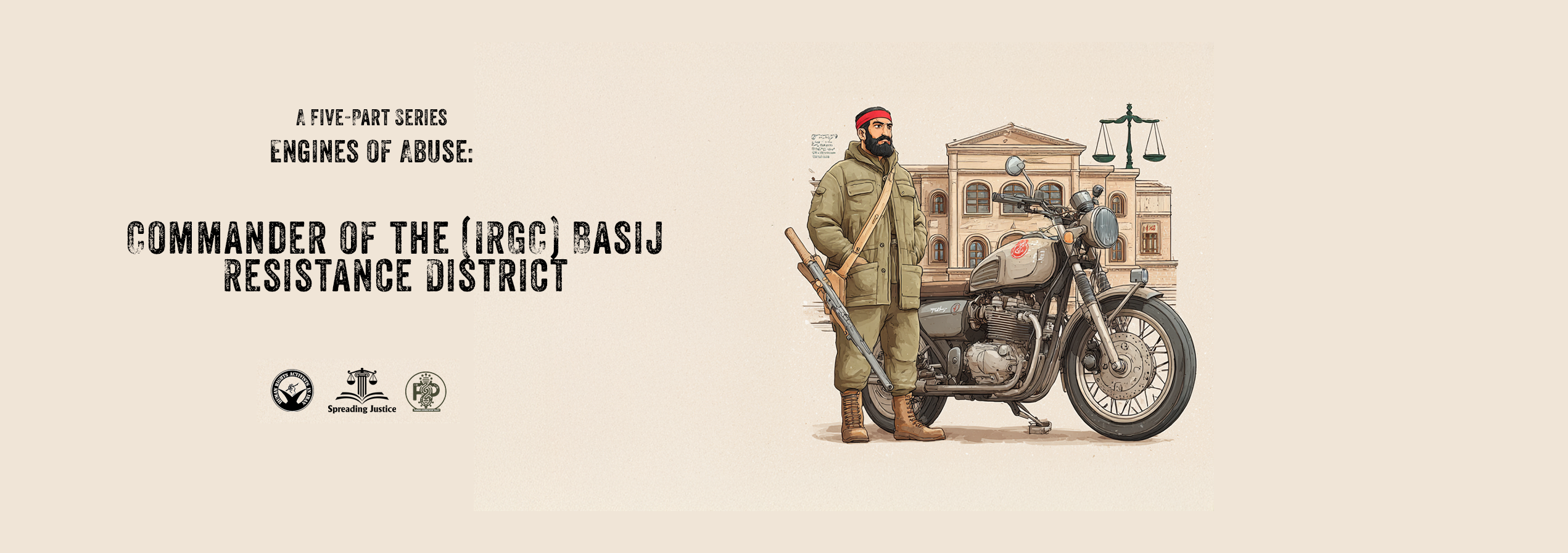
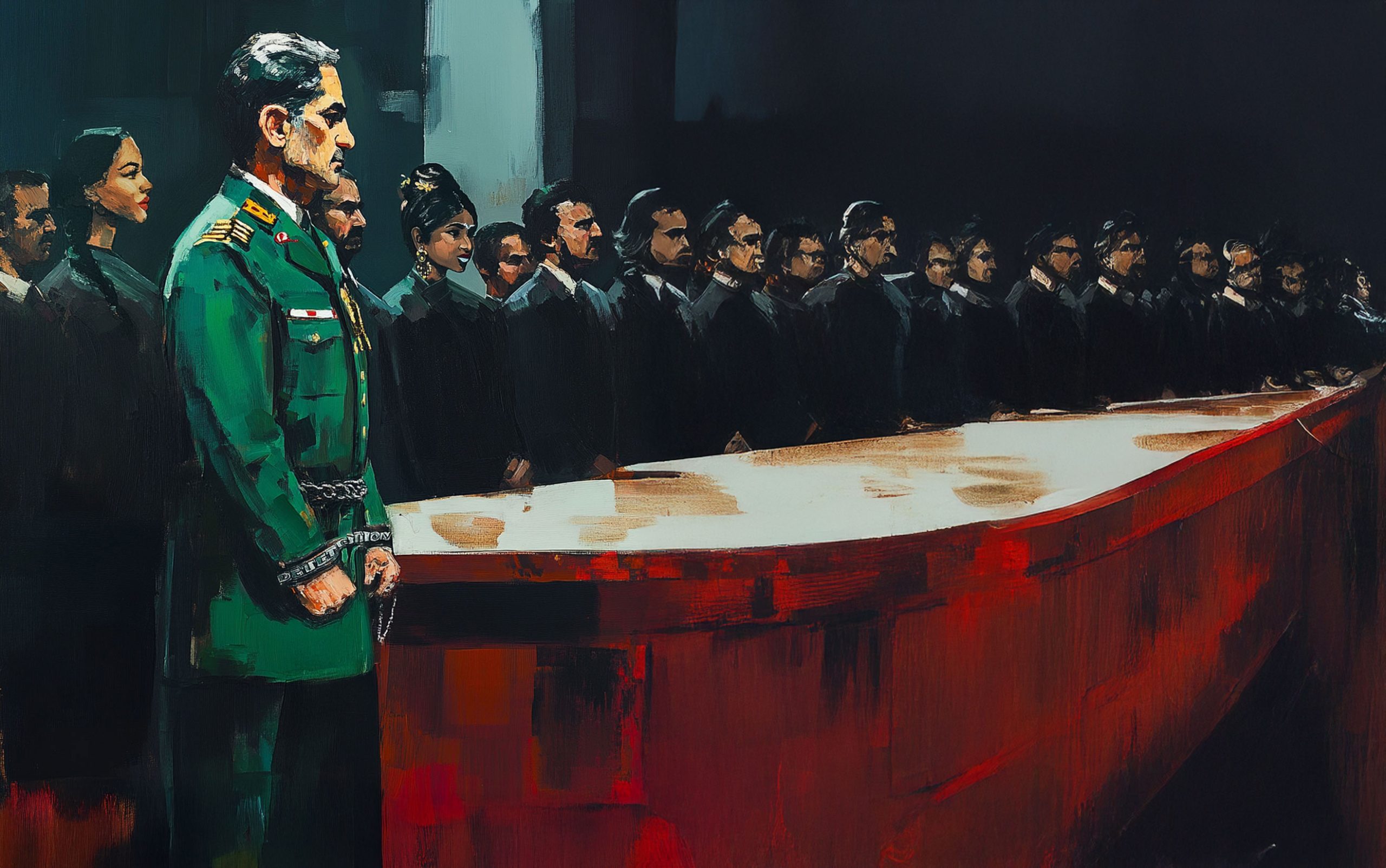
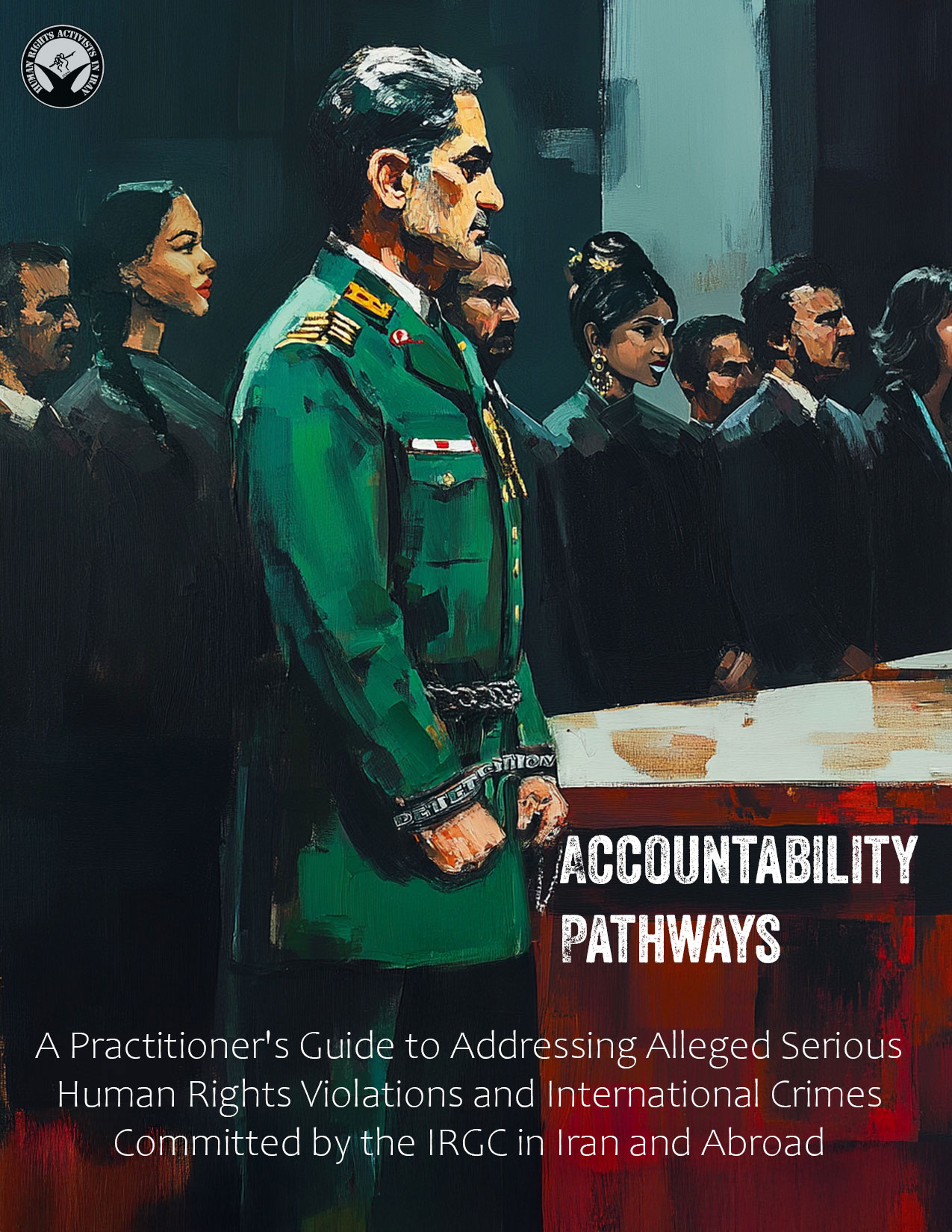
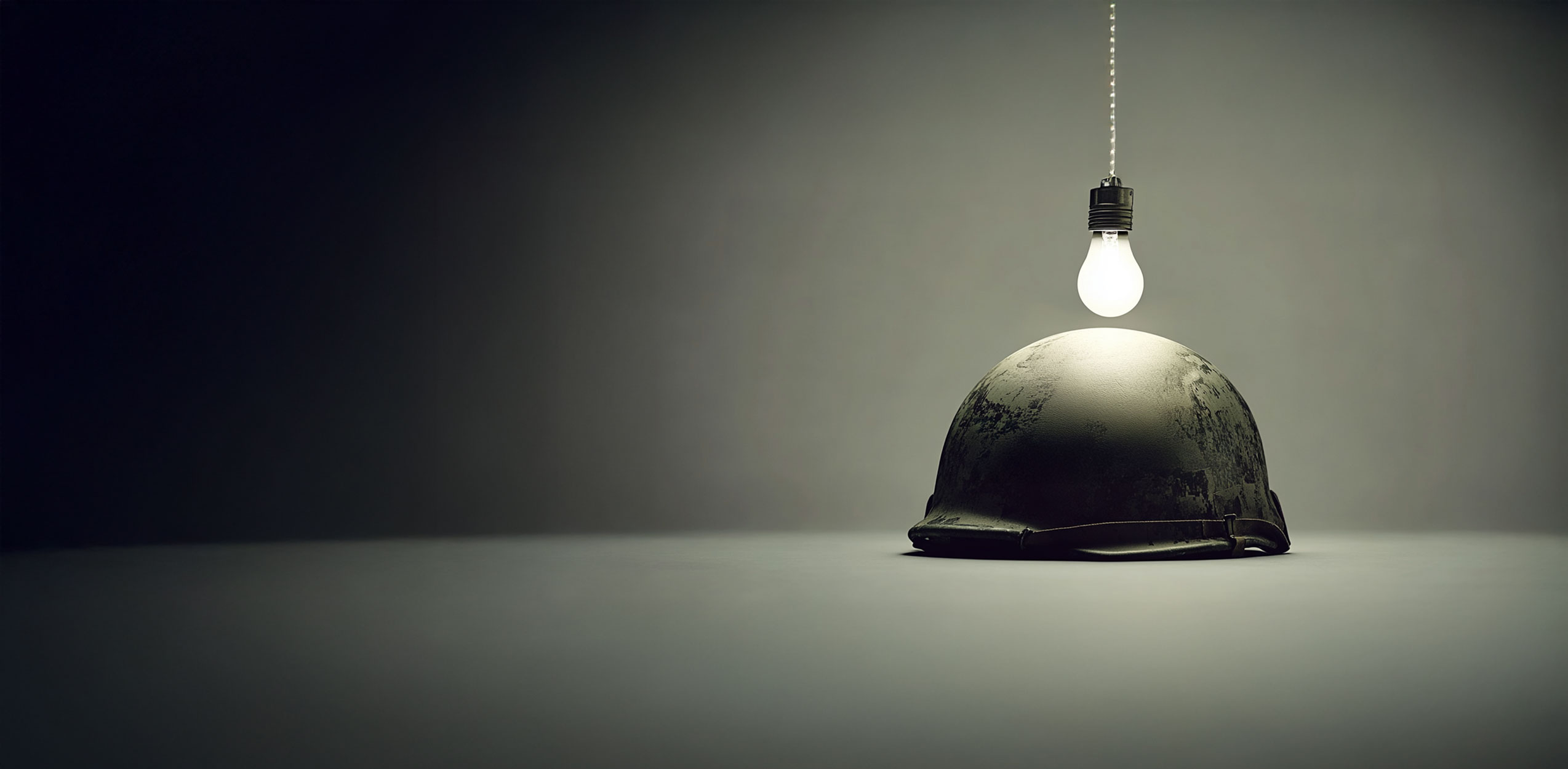
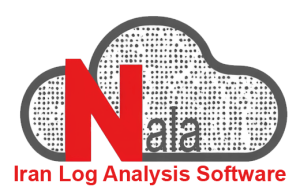 HRA has designed an innovative software called NALA, a multilingual research facilitation tool specifically created to enhance data analysis and streamline content discovery. NALA processes data in multiple languages, identifies key themes using custom keyword lists, and retrieves relevant material with precision. Its advanced filtering system minimizes errors and saves time, making it an indispensable tool with sustainable applications that extend far beyond its original purpose. The integration of NALA into the PDP has enabled a level of depth, accuracy, and efficiency that would otherwise be unattainable.
HRA has designed an innovative software called NALA, a multilingual research facilitation tool specifically created to enhance data analysis and streamline content discovery. NALA processes data in multiple languages, identifies key themes using custom keyword lists, and retrieves relevant material with precision. Its advanced filtering system minimizes errors and saves time, making it an indispensable tool with sustainable applications that extend far beyond its original purpose. The integration of NALA into the PDP has enabled a level of depth, accuracy, and efficiency that would otherwise be unattainable.